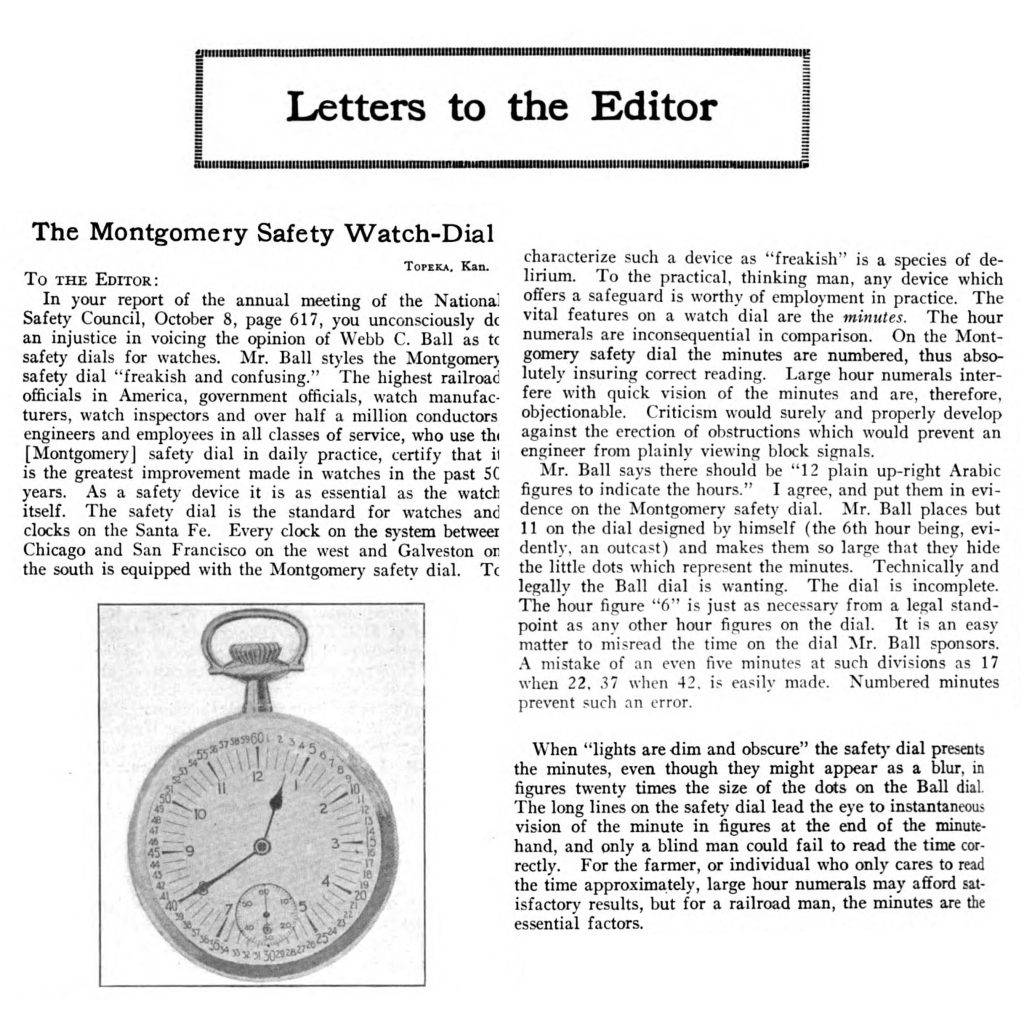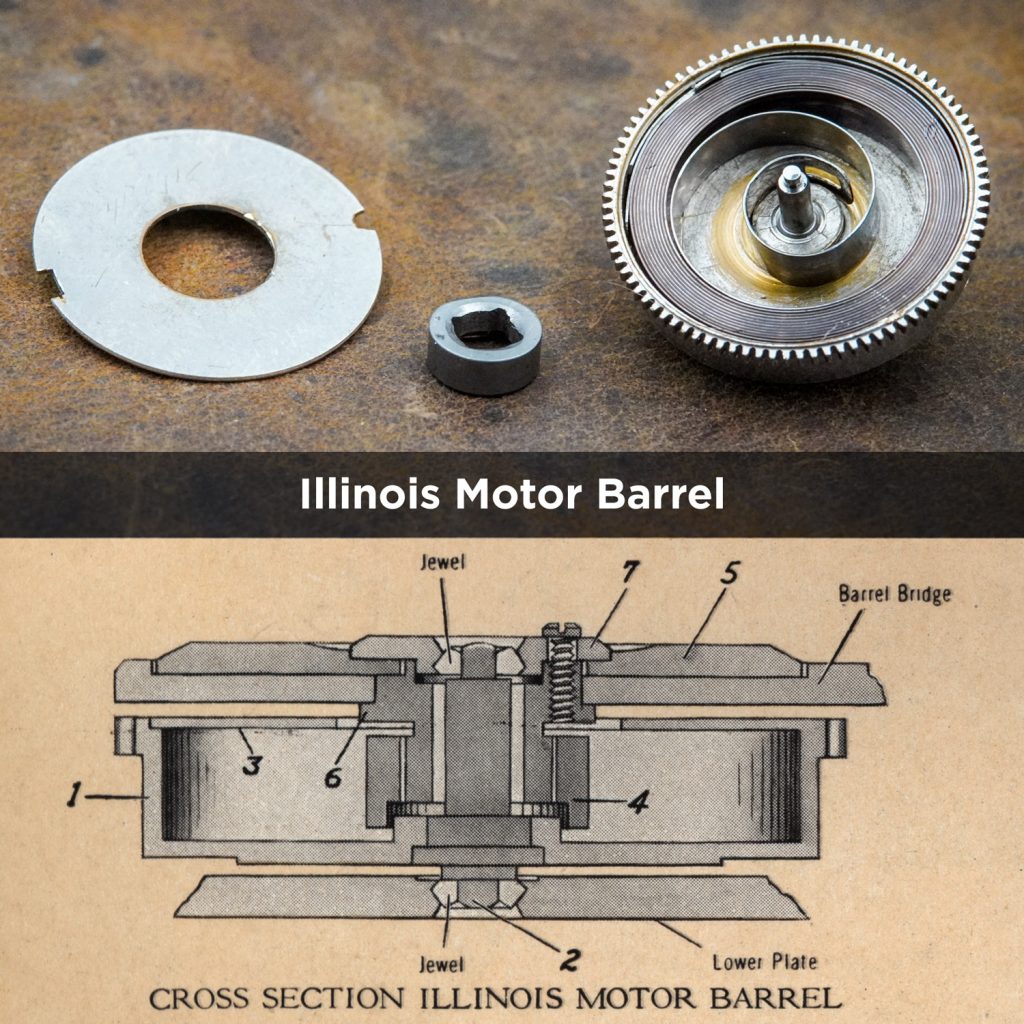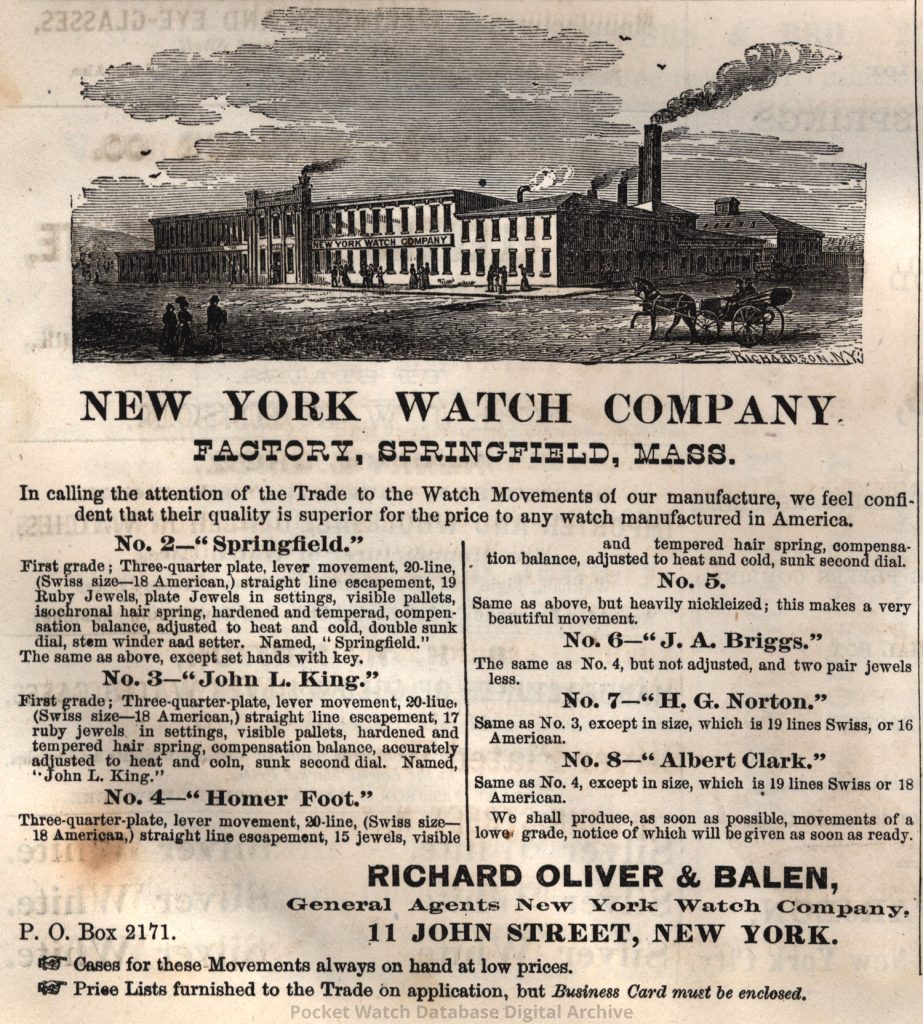Henry S. Montgomery Defends His Safety Dial Against Attack by Webb C. Ball
Even though the Montgomery Safety Dial was not directly targeted by Webb C. Ball’s paper presented at the 1920 National Safety Council meeting, it was understood the dial was classified as a “freak dial” according to Ball’s definition. As a result, Henry S. Montgomery was compelled to deliver a response defending the merits of his dial in the November 5, 1920 issue of Railway Age.
“In your report of the annual meeting of the National Safety Council, October 8, page 617, you unconsciously do an injustice in voicing the opinion of Webb C. Ball as to safety dials for watches. Mr. Ball styles the Montgomery safety dial “freakish and confusing.” The highest railroad officials in America, government officials, watch manufacturers, watch inspectors and over half a million conductors, engineers and employees in all classes of service who use the [Montgomery] safety dial in daily practice, certify that it is the greatest improvement made in watches in the past 50 years. As a safety device it is as essential as the watch itself. The safety dial is the standard for watches and clocks on the Santa Fe. Every clock on the system between Chicago and San Francisco on the west and Galveston on the south is equipped with the Montgomery safety dial. To characterize such a device as “freakish” is a species of delirium. To the practical, thinking man, any device which offers a safeguard is worthy of employment in practice.”Henry S. Montgomery, Letter in the November 5, 1920 issue of Railway Age
Montgomery follows by launching a counter-attack on the Ball’s standard dials, citing the missing hour numeral at the “6” position as inconsistent with his ideal description and the lack of minute figures potentially causing the time to be misread. To further support the insensible claims by Ball, Montgomery points to the Rock Island railroad, where Ball attempted to ban the safety dial. However, officials of that company would not allow Ball to prevent the use of a “safety device” on their lines and forced him to rescind the order.
While Montgomery valiantly supported the merits of his dial, Ball’s influence over the industry was too great to overcome. The new generation of Montgomery’s “Type II” safety dial quickly failed in the market. While the original Montgomery dial continued use on some railroads for many years, the usage waned as the railroad lines controlled by Ball outlawed the dial.

Read the Full Letter Published by Mr. Montgomery



